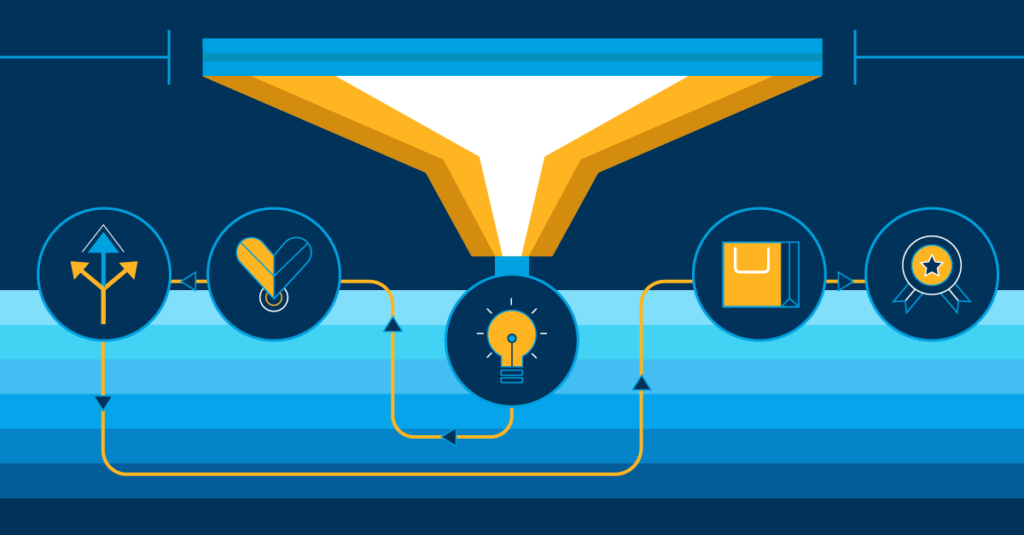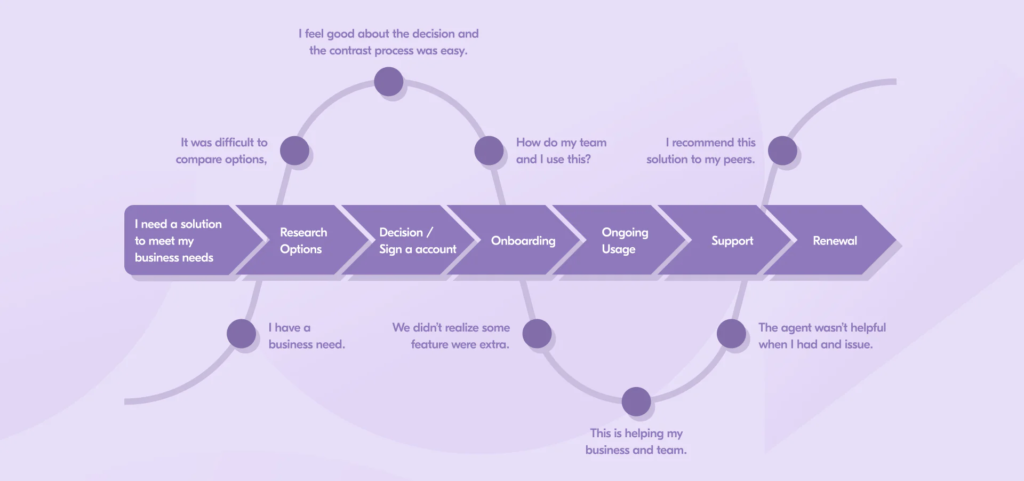How can businesses use customer journey mapping to optimize their digital marketing funnels?

How can businesses use customer journey mapping to optimize their digital marketing funnels?
Customer journey mapping is a powerful tool that businesses can use to understand and optimize their digital marketing funnels. It involves visualizing the entire customer experience from the initial point of contact to the final purchase or conversion. By creating a detailed map of the customer journey, businesses can identify pain points, opportunities for improvement, and areas where their digital marketing funnel may be falling short. Here’s how businesses can use customer journey mapping to optimize their digital marketing funnels:
Understand Customer Needs and Goals: Customer journey mapping helps businesses gain a deeper understanding of their customer’s needs, motivations, and goals at each stage of the funnel. This knowledge allows marketers to create more personalized and targeted content, messages and offers that resonate with their audience.

Identify Touchpoints and Channels: By mapping out the customer journey, businesses can identify all the touchpoints and channels through which customers interact with their brand. This includes social media, email marketing, website, mobile apps, advertisements, and more. Understanding these touchpoints helps in streamlining and optimizing the overall marketing strategy.
Spot Bottlenecks and Drop-offs: Customer journey mapping highlights potential bottlenecks or drop-offs in the funnel. These are points where customers may abandon the process or show disinterest. By identifying these areas, businesses can focus on improving those specific stages to reduce churn and improve conversion rates.
Integrate Marketing Channels: Mapping the customer journey provides a holistic view of how different marketing channels and campaigns work together. It enables businesses to create a cohesive and integrated marketing strategy, ensuring consistent messaging and a seamless experience across various platforms.

Personalize the Customer Experience: With insights from customer journey mapping, businesses can implement personalization strategies at different stages of the funnel. This can include personalized emails, recommendations, or targeted ads based on the customer’s previous interactions with the brand.
Optimize Content Marketing: Understanding the customer journey helps businesses create content that aligns with each stage of the funnel. Content can be tailored to address specific pain points, provide solutions, and showcase the benefits of the product or service.
Test and Iterate: Customer journey mapping is not a one-time exercise. Businesses should continuously test and iterate their digital marketing strategies based on real-time data and customer feedback. This iterative process helps in refining the funnel and adapting to changing customer behaviors and preferences.

Improve Customer Support and Service: The insights from customer journey mapping can also be applied to improve customer support and service. By understanding the pain points and challenges customers face, businesses can proactively address issues and provide a more satisfying customer experience.
Measure Success and ROI: After implementing changes based on customer journey mapping, businesses should measure the success of their optimization efforts. Key performance indicators (KPIs) such as conversion rates, customer retention, and customer satisfaction can help gauge the effectiveness of the optimized digital marketing funnel.

